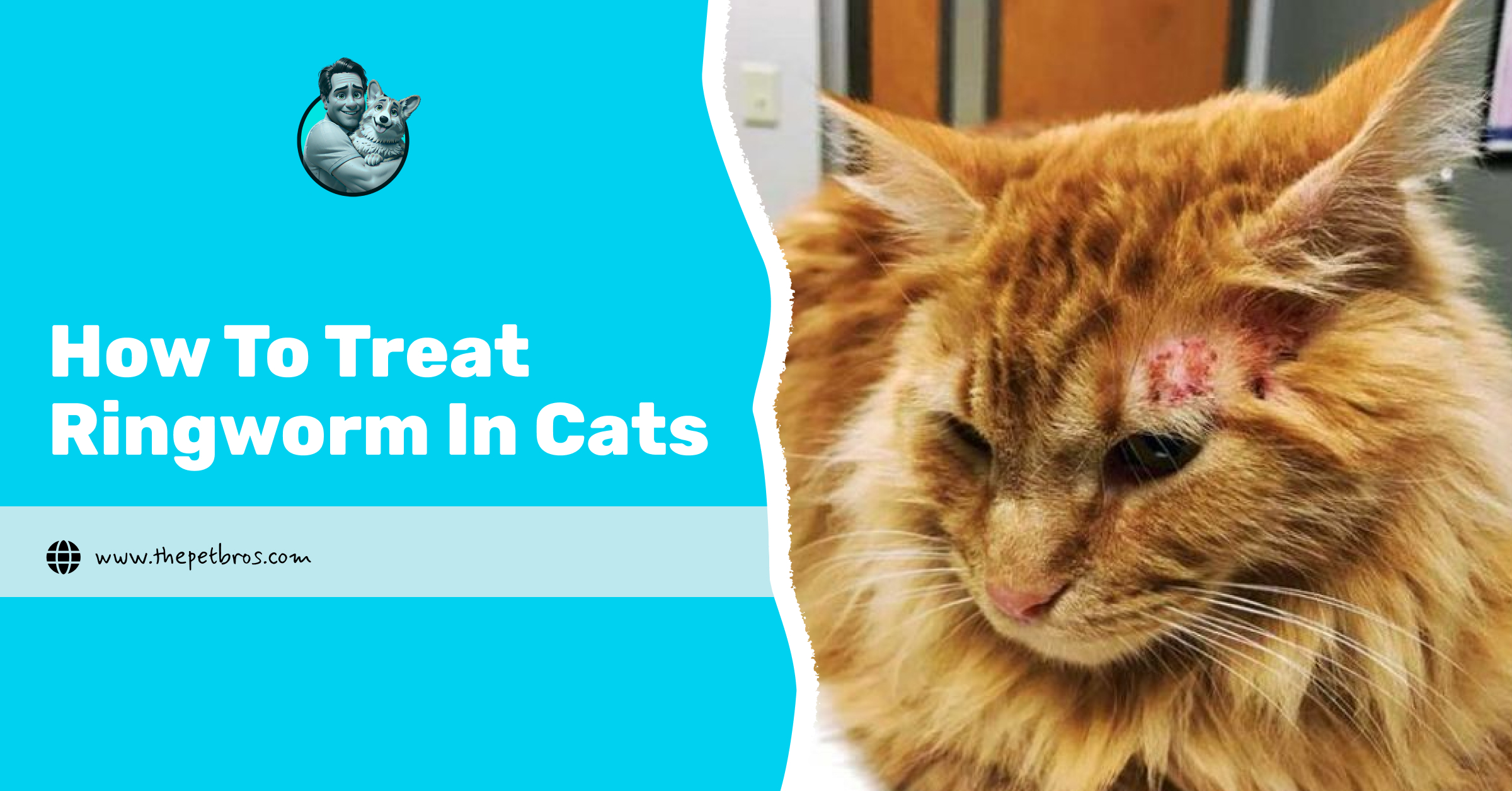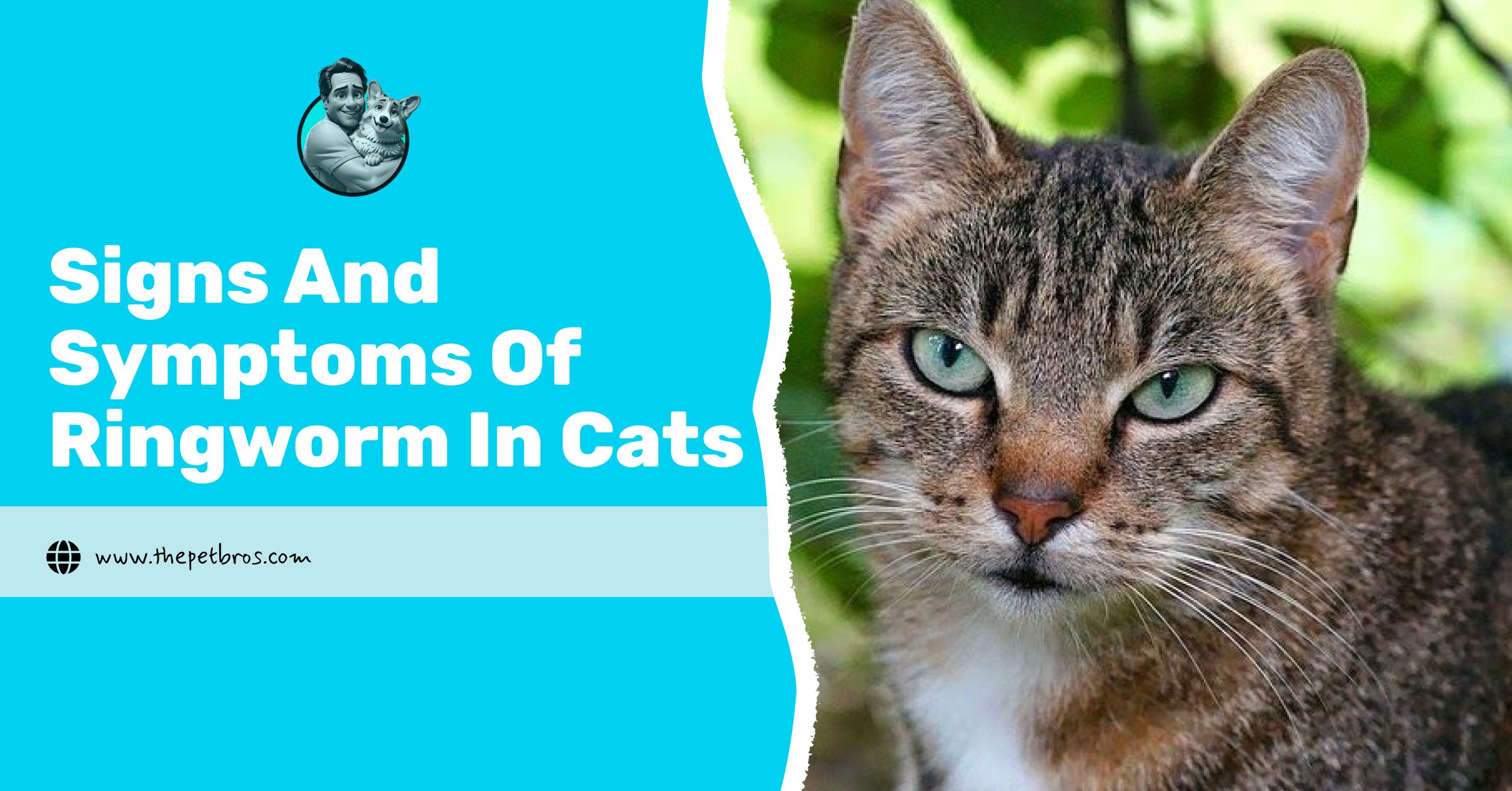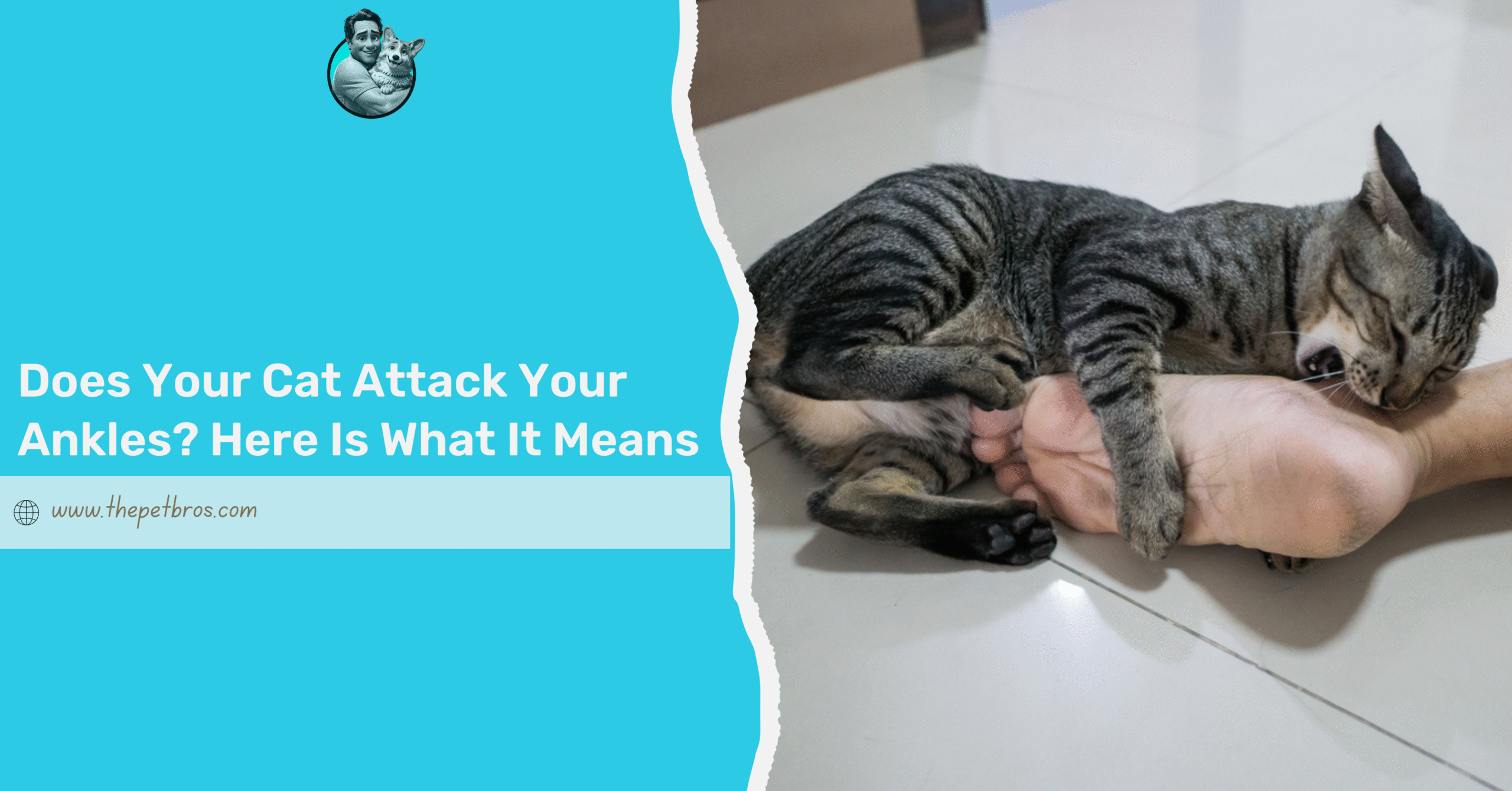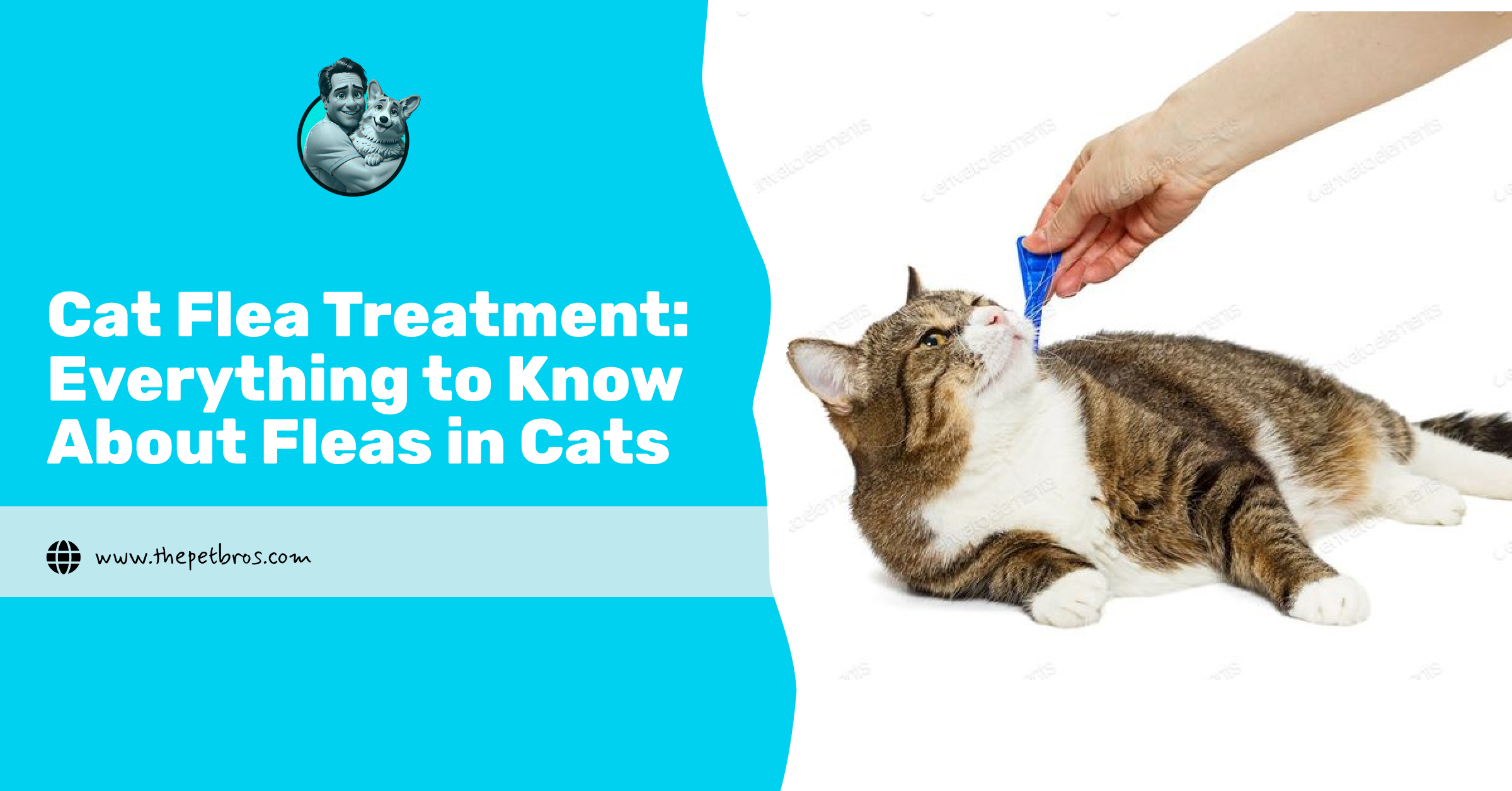When a bald spot suddenly appears on your cat’s coat, it’s easy to imagine the worst. The skin appears irritated, scratching is constant, and the patch seems to have grown overnight. It’s ringworm, a fungal infection that, despite its unsettling name, has nothing to do with worms at all. But here you are, left wondering how to treat ringworm in cats.
Here’s the surprising part: in many healthy cats, ringworm will actually clear up on its own within a few months. But before you breathe a sigh of relief, there’s a catch. Left untreated, it can spread to other pets, your furniture, and, yes, even to people, especially children or those with a weaker immune system. That’s why treatment isn’t just about your cat; it’s about protecting your whole household.
In this guide, we’ll show you the fastest, most effective ways to treat ringworm in cats head-on.
How to Treat Ringworm in Cats the Right Way
When it comes to how to treat ringworm in cats, the vet is your first stop. Think of them as the detective in this little mystery; they’ll confirm whether that suspicious bald patch is really ringworm or just your cat’s latest fashion statement. Self-diagnosing at home can lead you to think it’s another form of infection down the wrong path, so professional advice is key.
Your vet might suggest creams, ointments, or even medicated shampoos. Yes, that could mean bath time, and yes, your cat will probably act like you’ve betrayed them forever. But those treatments work wonders directly on the itchy spots. In trickier cases, oral medication may be needed to fight the fungus from the inside out, a bit like sending in reinforcements when the frontline soldiers need help.
Whatever the prescription, stick to it. Even if your cat’s fur looks like it’s growing back nicely, don’t ditch the medicine early. Ringworm loves a comeback tour, and the last thing you want is a sequel.
How to Treat Ringworm in Cats Using Home Remedies
1. Give Your Cat a Medicated Bath
Learning how to treat ringworm in cats also means rolling up your sleeves at home. Nothing is funny, not even your cat’s name. Medicated baths can help, though convincing your cat to hop into the tub is another story. Expect a dramatic performance complete with glares, splashes, and maybe even a little sulking afterwards. But once you’re through, the antifungal shampoo does a brilliant job of calming the infection.
2. Trim and Clean the Fur Around Patches
You can also trim or clean the fur around the affected spots so the medicine can actually reach the skin. Just remember, your cat might try to lick off any creams you apply, so an Elizabethan collar could be your new best friend. They might look like a lampshade, but trust me, it’s better than letting your cat lick away all your hard work.
3. Wash Bedding and Toys in Hot Water
Think of your cat’s bedding, toys, and blankets as VIP spots for spores. Toss them in the wash with hot water and imagine you are sending the spores on a one-way trip they cannot return from.
4. Vacuum Carpets and Sofas Daily
Next, bring out the vacuum and go full detective mode on carpets, sofas, and all those cosy nooks where your cat loves to nap. Spores are tiny but stubborn so a daily sweep can make all the difference.
5. Disinfect Surfaces Thoroughly
And here comes the final boss battle: disinfecting. Use pet-safe cleaners to wipe down surfaces, scratch posts, and any other areas where little paws wander. It might feel like scrubbing for an invisible enemy, but every wipe means fewer spores and a faster recovery for your furry friend. Plus, there is something satisfying about knowing you have banished those freeloaders once and for all, and your cat will soon start wagging their tail.
Supporting Your Cat’s Recovery During Ringworm Treatment
Now, your cat is on medication, the house is sparkling clean, and you are starting to feel like a part-time vet and full-time cleaner. But here is the thing: knowing how to treat ringworm in cats is not just about creams and sprays. It is also about making sure your whiskered friend feels like royalty while they heal.
Food first! Think of nutrition as the secret weapon. A strong immune system is your cat’s personal bodyguard against ringworm. High-quality meals packed with protein and nutrients will not only speed up recovery but also make their coat shine like a shampoo advert. If you were ever looking for a good excuse to spoil them with better food, this is it.
Then comes the emotional side. Ringworm might not hurt, but the endless baths and ointments can leave your cat sulking in corners, plotting your downfall. Keep life as normal as possible. Stick to routines, offer cosy nap spots, and sneak in extra affection. If your cat is in the mood for play, even a few minutes of gentle games can keep their spirits high. The goal is simple: make them feel loved, safe, and just a little bit spoiled while their body does the hard work. Soon enough, you will be happy, and your cat will show signs of happiness again.
4 Ways to Prevent Future Ringworm Infections in Cats
Beating ringworm in cats feels like a triumph, but the real challenge is keeping it from sneaking back. The good news? With a few simple habits, you can stop it in its tracks. Here are four smart ways to prevent future ringworm infections in cats:
- Groom like a pro: Brushing your cat is more than vanity. It lets you spot flaky patches or thinning fur before ringworm has a chance to spread. Think of it as your cat’s weekly health check disguised as a spa session.
- Vet check for new arrivals: Bringing home a new kitten or rescue? Make the vet your first stop. A quick exam keeps unwanted passengers like ringworm from hitching a ride into your home.
- Keep it clean: Fresh bedding, sanitised scratching posts, and a tidy living space make a huge difference. Ringworm spores love to linger, but regular washing and vacuuming tell them their lease is up.
- Boost their resilience: A balanced diet and low-stress environment are your cat’s secret weapons. Strong immune systems make it much harder for ringworm to take hold, so keep those bowls filled with goodness and their routines steady.
Conclusion
That’s it! The not-so-glamorous world of ringworm, all unpacked and a little less scary. Knowing how to treat ringworm in cats is like learning a secret recipe: a pinch of vet care, a scoop of at-home TLC, and a generous helping of patience. Before you know it, those bald patches will be history, and your feline will be back to strutting their silky coat like royalty. Remember, it is not just about curing the infection; it is about building a healthier, happier environment for both you and your whiskered friend.
FAQs
Can ringworm in cats go away by itself?
Sometimes it clears naturally, but treatment is recommended to prevent the spread and for a faster recovery.
How did my indoor cat get ringworm?
Ringworm spreads through spores on bedding, grooming tools, or from other infected animals.
What cures ringworm fast?
Consistent veterinary treatment with antifungal medication, combined with strict cleaning, speeds up recovery.














